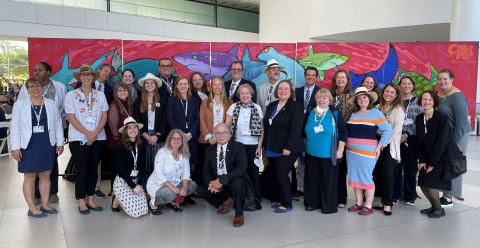CITES History
In the early 1960s, international discussion began focusing on the rate at which the world’s wildlife was being threatened by unregulated international trade. The Convention on International Trade in Endangered Species of Wild Fauna and Flora (CITES) entered into force in 1975 and became the only treaty to ensure that international trade in plants and animals does not threaten their survival in the wild.
Over the last several decades, CITES has helped ensure global conservation of species. As online markets and other technological advances make it possible to sell and ship wildlife anywhere in the world, and as issues of wildlife use grow ever more complex, CITES provides tools to effectively conserve the world’s diverse natural resources.
CITES Leadership
The U.S. Fish and Wildlife Service partners with other federal and state agencies, industry groups, and conservation organizations to implement CITES in the United States. Through the Service's International Affairs Program, its Division of Management Authority oversees rulemaking and the issuance of permits and certificates, and serves as the primary point of contact for the public, other CITES Parties, and the Secretariat. Its Division of Scientific Authority provides technical and scientific advice to implement CITES, and evaluates the biological and conservation status of species to guide decisions concerning their inclusion in CITES Appendices.

